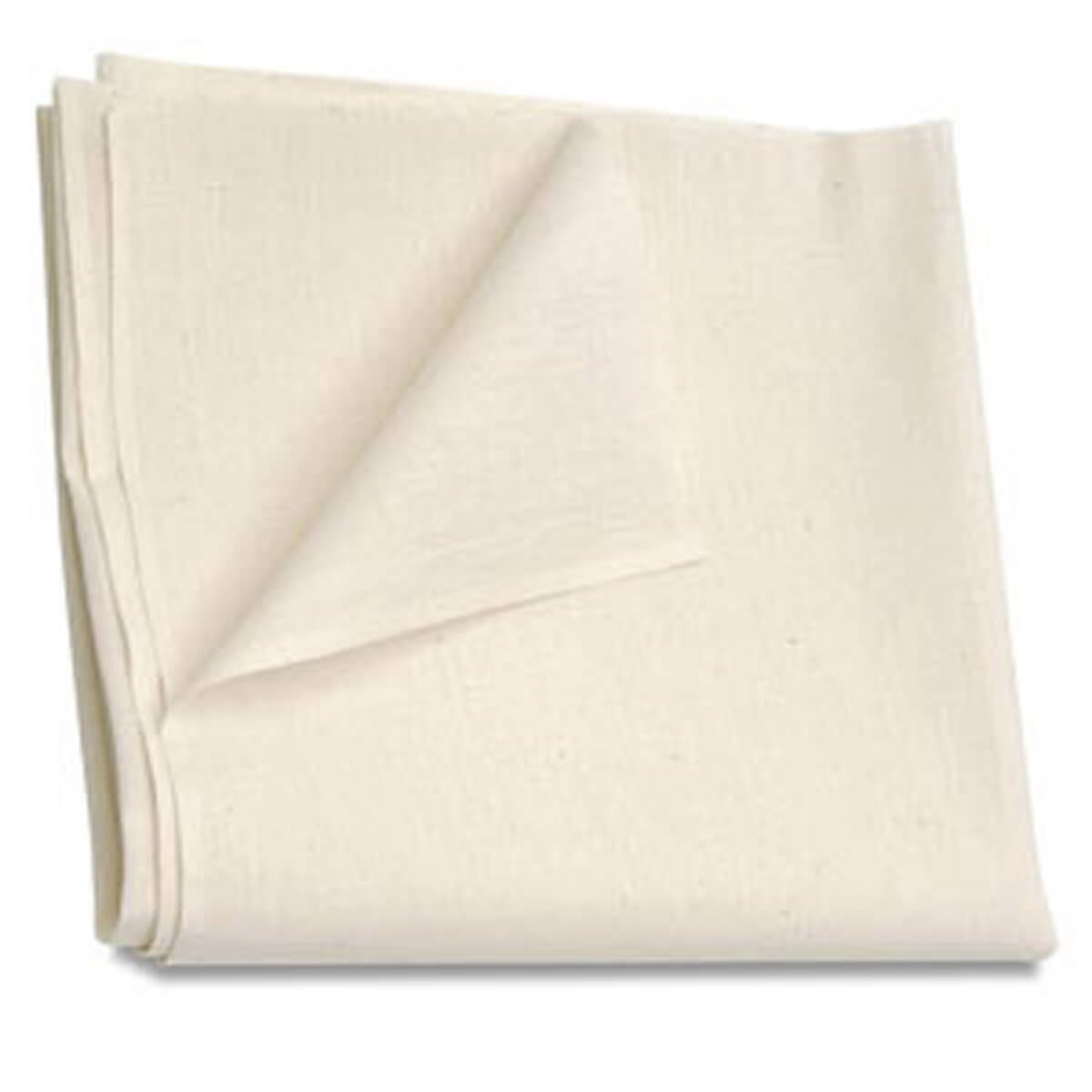The warmer weather here in Ottawa has me thinking of spring, and dresses, dresses, dresses! I love cute summer frocks, but last year I didn't start sewing for summer until it was almost half over...and ended up spending what was left tucked away in my little sewing room instead of enjoying the warm weather. So this year, I'm starting early.

And nothing says summer like a little black dress. Yeah, I know, it really doesn't, but I'm desperate for a few easy foundation pieces as well as needing to use up some of my stash...so why not...
I bought this pattern for 2 reasons. First, I was drawn to the shape, a cute sort-of-empire waistline that would flatter my shapely figure (small ribcage/waist, big bum). Second, it was on sale for $2.20, so I thought why not give it a shot? Here's the technical drawing...cute, right?
I love the uniqueness of the flounces, but frankly, not for me. And, maybe just a little too unusual for my somewhat conservative office. So I made a variety of modifications...
 - raised the neckline
- raised the neckline- lengthened the skirt
- added U-shaped piece to underarm
- omitted flounces
Recommendation: finish arm & neck facings by hand, instead of rushing and doing it by machine, the pieces will lay flat instead of curling up a little (see sleeves in top pic, the edge of the sleeve curls out a bit).
View the company's pattern details and instructional videos here.
Here are the comments I posted on patternreview.com:
Pattern Description:
Misses' dress in two lengths with skirt variations.
Did it look like the photo/drawing on the pattern envelope once you were done sewing with it?
More or less, I modified the skirt section significantly - see comments below, and made the overall look a little more fitted, but otherwise it looked like the pattern photo.
Were the instructions easy to follow?
Yes, the dress has very straight-forward construction and the instructions were clear.
What did you particularly like or dislike about the pattern?
The look of version A is a wonderful shape but would be a little too "unusual" for my work office, which is somewhat conservative. But I love the drape of the dress - it's sort of empire, but the skirt attaches a bit lower than a typical empire dress, and the overall fit is lovely.
Fabric Used:
Some kind of black polyester suiting, with a little stretch to it.
Pattern alterations or any design changes you made:
I wanted to be able to wear this dress to work, so I made significant changes to version A; I omitted the flounces altogether, and I lengthened the skirt pattern pieces to come just below the knee. I fitted the dress to lightly skim my hips - I find a form-fitting dress more flattering to my figure (narrow ribcage/waist, big bum). Also, I modified and raised the v-neck line at the front...if I'd followed the pattern my very exposed cleavage would have been talk of the office! And finally, I added in a U-shaped piece of fabric under the arm because the sleeve hole was gaping...leaving about an inch of bra exposed.
Would you sew it again? Would you recommend it to others?
Yes, I will definitely be making dresses from this pattern again but will continue to make the alterations above so that it's suitable office wear.
My goal for 2012 is to sew a project a week (52 projects total) so that I can start working through the frightening fabric stash that is taking over my sewing room. This is project #1.












